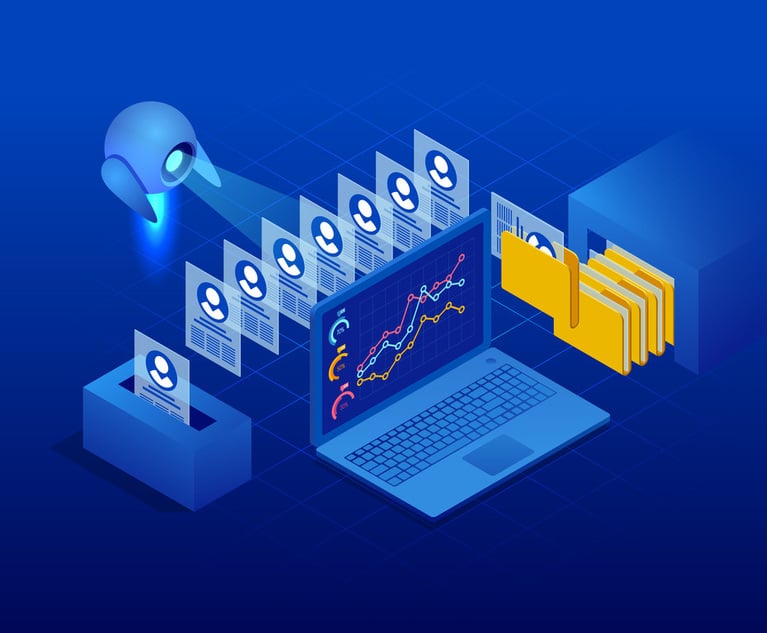Like finding a DeLorean in a barn in 1955, the legal services industry encountered a portal to its future in December 2022. Despite weathering the predicted foundational paradigm shifts presented by the inevitable migration toward AFAs (2009-2019) and forecasted dominance of ALSPs and the Big Four (2019-2022), we are now facing business model transformational forces from generative AI that have prompted more than one professional services executive to exclaim “Great Scott!” While the two prior disruptive waves have, let’s say, failed to live up to the hype, this latest development could prove to be a bit more resilient depending on how stakeholders in the industry assess risk and reward.
So why is generative AI potentially more transformative than prior threats to the status quo? While it is not simple to configure or apply to bespoke purposes, it can sit in-house at firms or legal departments and map somewhat intuitively into the work being produced. Assessing what and how much traditional work can be augmented, and by which tools and approaches, is a somewhat logical process that uniquely trained specialists can perform with surprising accuracy. Herein lies the complexity, however—the skill sets required to effectively implement these procedural changes are novel in the workforce generally, and even more so in the professional services sector (for now). The work they do will likely displace measurable portions of manual work done traditionally by junior lawyers, requiring law firms to make substantial modifications to how they operate in order to stay profitable.


 Credit: Golden Sikorka/Adobe Stock
Credit: Golden Sikorka/Adobe Stock







